Influencer marketing has become more integral to marketing campaigns as brands try to reach audiences on platforms geared toward community building and creating content than companies. When you think of influencer marketing, you probably think of influencers with large followings collaborating with brands; however, smaller influencers (also called micro-influencers) are gaining traction among marketers.
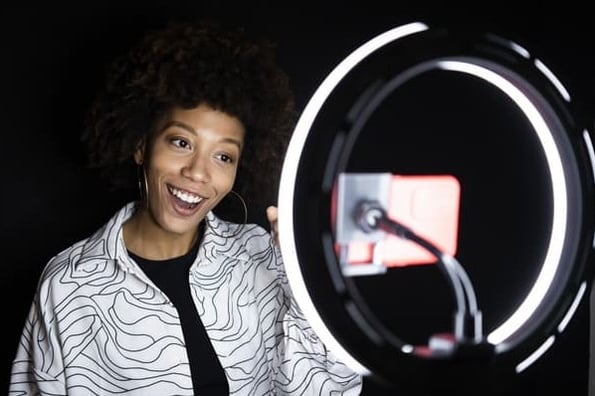
HubSpot recently surveyed 1,200 global marketers and found that 64% of marketers listed micro-influencers among the creators they worked with throughout 2022. 53% of marketers said they plan on working with micro-influencers in 2023. So, why are marketers shifting their focus toward micro-influencers, and should you do the same? To answer these questions, here are four data-driven reasons to work with micro-influencers on your next campaign.
What are micro-influencers?
Our survey defined micro-influencers as creators and influencers with a follower/subscriber count ranging from 10,000 to 99,999. Micro-influencers are very well known within their niche and have a close relationship with their followers, resulting in high engagement.
Why Companies Should Work with Micro-Influencers
Here are four reasons your company should consider working with micro-influencers.
1. Micro-influencers have excellent engagement rates.
Our survey found that 33% of marketers reported having the most success with micro-influencers compared to nano, macro, and mega-influencers. As I said before, micro-influencers have very high engagement, so it's no surprise that a third of our respondents reported great success working with them.
Micro-influencers boast high engagement because it's easier to connect with and build a bond with fewer followers versus millions of followers.
A recent study by Later x Forh shows that the fewer followers an influencer has on Instagram, the higher their engagement rate. Instagram users with less than 1000 followers also receive likes from up to 8% of total followers, while users with 10 million+ followers receive only 1.7%.
2. They are more cost-effective than macro-influencers.
According to Shopify, micro-influencers with 5,000 to 30,000 followers charge between $73 and $318 per social media post. Specifically, Shopify says businesses can expect to pay micro-influencers around the following prices:
- $172 for an Instagram post
- $219 for an Instagram video
- $73 for an Instagram story
- $318 for a Facebook post
- $908 for a YouTube video
This is less than influencers with more than 500,000 followers. These influencers typically charge between $2,085 and $3,318 per post. For these influencers, companies can expect to pay:
- $2,085 for an Instagram post
- $3,318 for an Instagram video
- $721 for an Instagram story
- $2,400 for a Facebook post
- $3,857 for a YouTube video
If you're a smaller business looking to tap into a more targeted audience online without exceeding your budget, micro-influencers would be a worthy investment.
3. They account for almost half of all influencers.
Micro-influencers with 5,000 to 20,000 followers account for 47.3 percent of influencers. Mid-tier influencers make up 26.8%, and nano-influencers make up 18.74%. Macro-influencers are rare in the influencer marketing landscape.
With micro-influencers making up such a massive portion of the market, finding one who fits your niche, shares your vision, and can tap into your audience is highly possible.
4. They foster authenticity and trust within their niche.
As mentioned earlier, micro-influencers can form a close bond with their audience, which leads to higher engagement than macro-influencers. Suppose you're able to get a micro-influencer to support your product. In that case, that influencer will likely boost your reputation and build confidence regarding your business.
5 Brands Who Collaborate with Micro-Influencers
The following brands have included micro-influencer marketing in their marketing strategy:
1. La Croix
Sparkling water brand La Croix has collaborated with multiple micro-influencers to showcase its products. To encourage influencer collaborations, the brand sends vouchers for free cases of their drinks to micro-influencers with as little as 1000 followers. For example, the following Instagram post shows micro-influencer and journalist Andrea Albers holding a can of La Croix next to a Christmas tree.
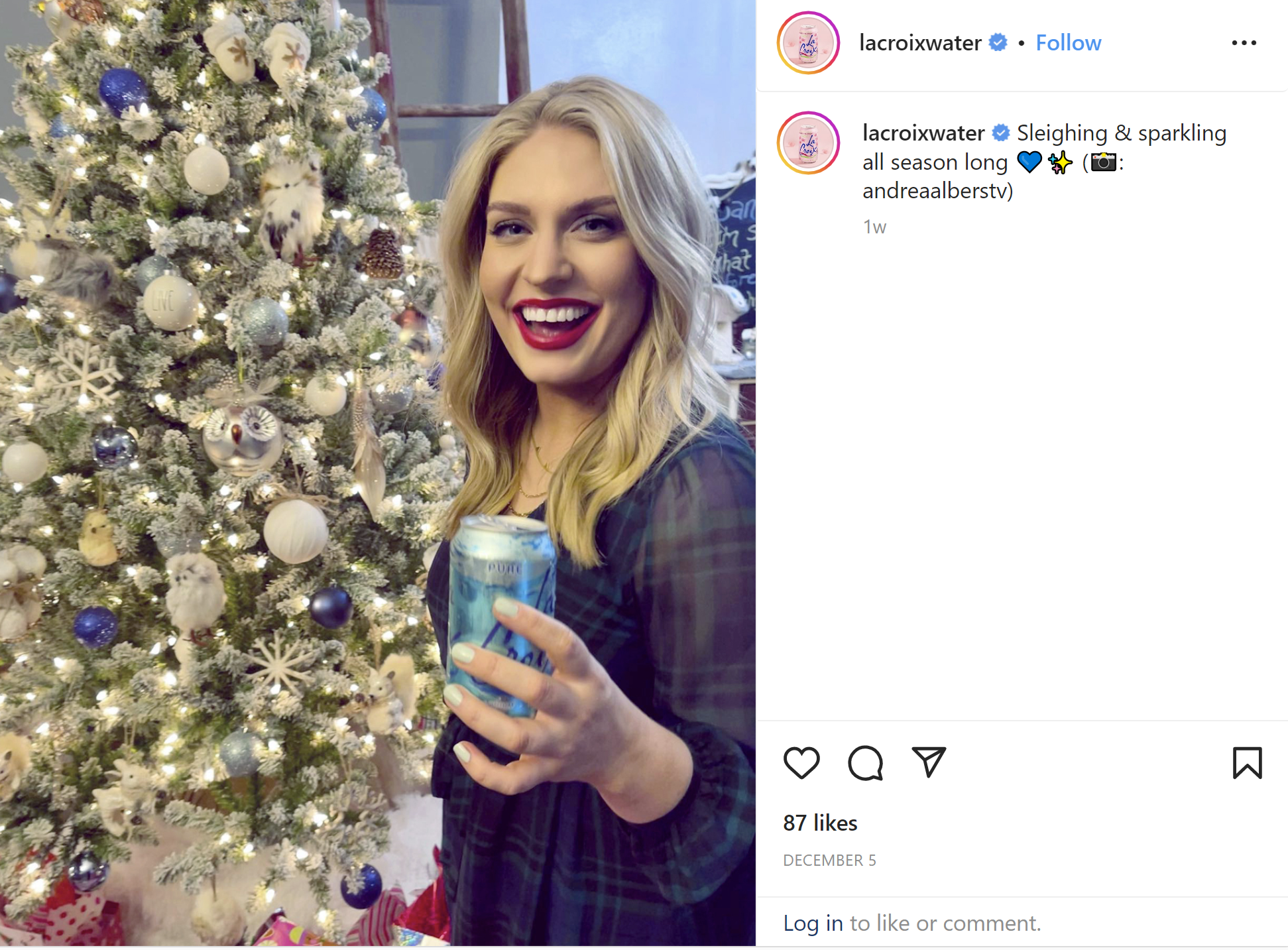
2. Daniel Wellington
Daniel Wellington is a Swedish watch brand that started its global ambassador community to foster collaborations with micro-influencers. The company's daily #DWPickoftheday contest challenges influencers to create exciting content to be featured on the company's main account. Micro-influencers like Melanie Vaclavikova are often featured on the company's Instagram.

3. Asos
Online retailer Asos works with micro-influencers via its Asos Insiders program. Through the program, Asos finds influencers of all follower counts to promote its clothing and beauty products. One micro-influencer the retailer has worked with is Lauren Nicole, a fashion influencer and editor with 74.6 followers on Instagram.
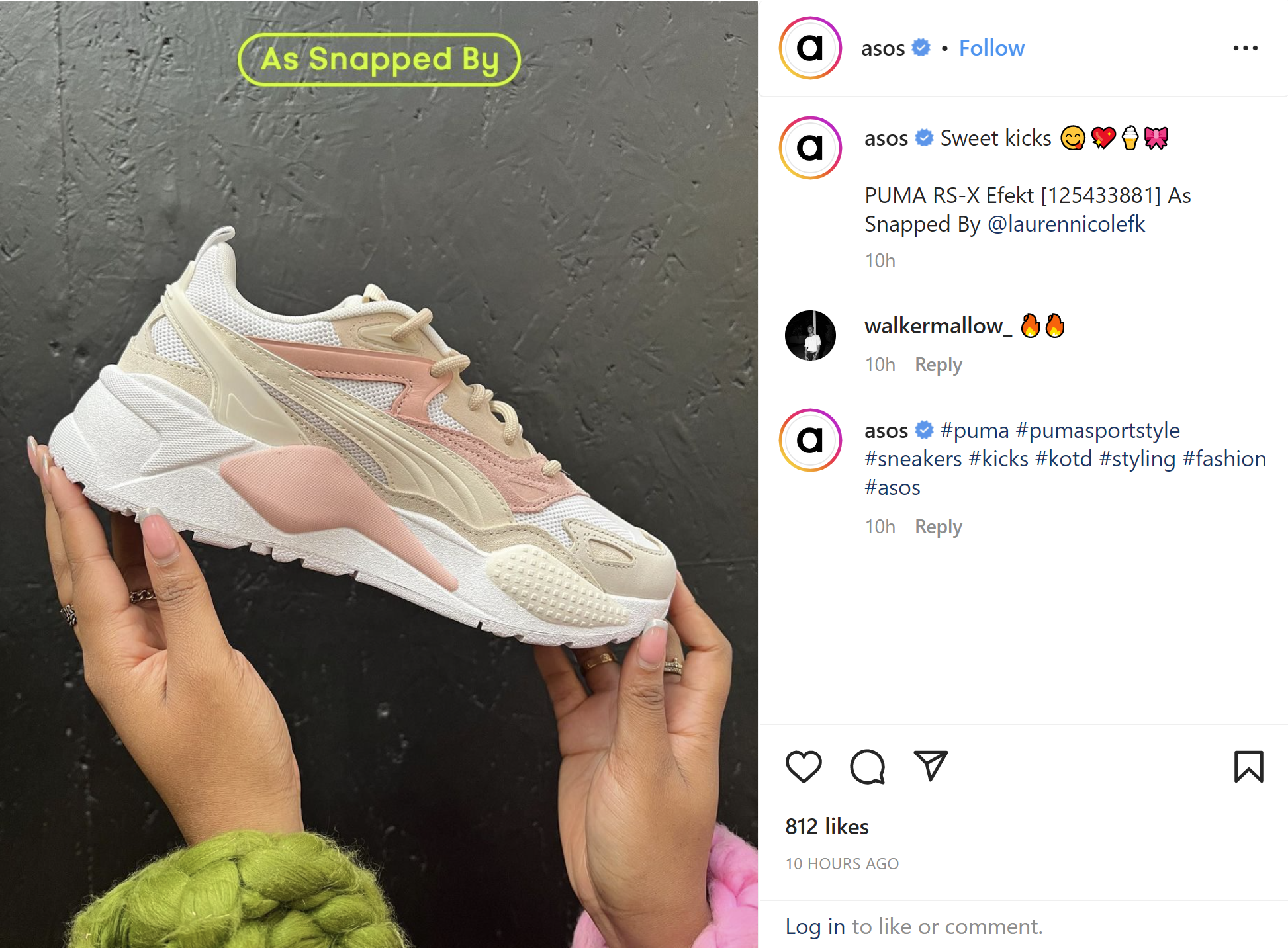
4. Coca-Cola
Even huge, long-standing brands like Coca-Cola have leveraged micro-influencer marketing in campaigns. Coca-Cola's #Cokeambassador campaign welcomes influencers to post photos and videos of themselves with Coca-Cola products.
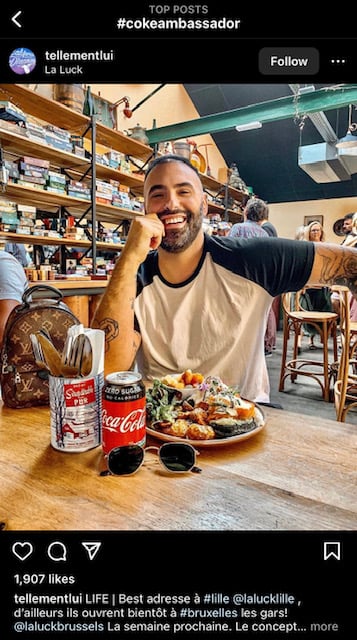
5. Sperry
Boat shoe brand Sperry frequently collaborates with micro-influencers on its social media. Sperry will grant influencers a budget to engage their community and audience. The company also launched OpenSponsorship to connect athletes with the brand, resulting in over 6,000 athletes from 160 sports working with Sperry.
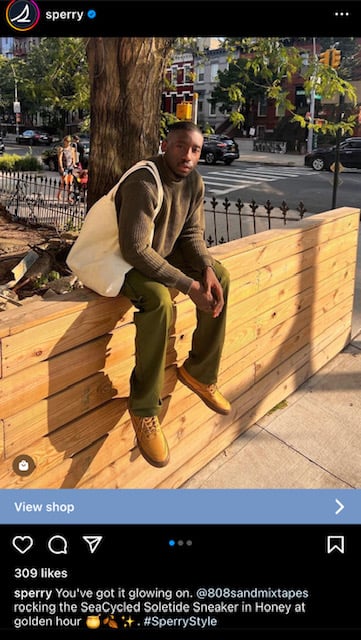
In short, micro-influencers have excellent engagement and a close bond with their followers. Leveraging micro-influencers in your next marketing campaign is an effective and budget-friendly way to tap into your target audience on social media or community-based platforms. Now that you know the benefits of micro-influencers, you're ready to collaborate with those whose work aligns with your vision.

